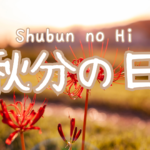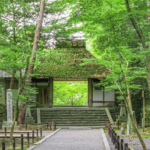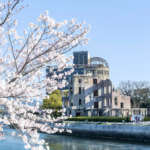Japan’s bathing culture is a fascinating aspect of its rich traditions, and it’s one that draws interest from locals and foreigners alike.
Among the many forms of public baths, onsen (hot springs) and sento (public baths) are the two most popular.
While both provide a relaxing experience, they differ in several key ways.
In this article, we’ll explore the differences between onsen and sento, and what you should know before visiting one.
Contents
What is an Onsen?
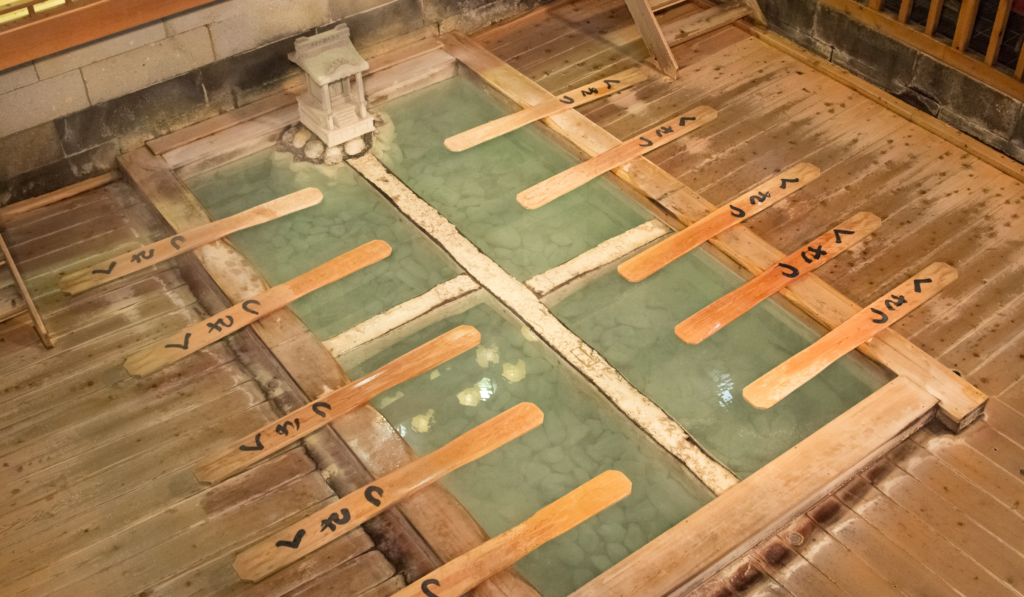
An onsen (温泉) refers to a hot spring bath that is filled with natural, geothermally heated water.
Japan’s volcanic activity creates many natural hot springs, and onsen are found all over the country.
The water in an onsen is rich in minerals, which is believed to have various health benefits, such as improving circulation and soothing sore muscles.
What is a Sento?
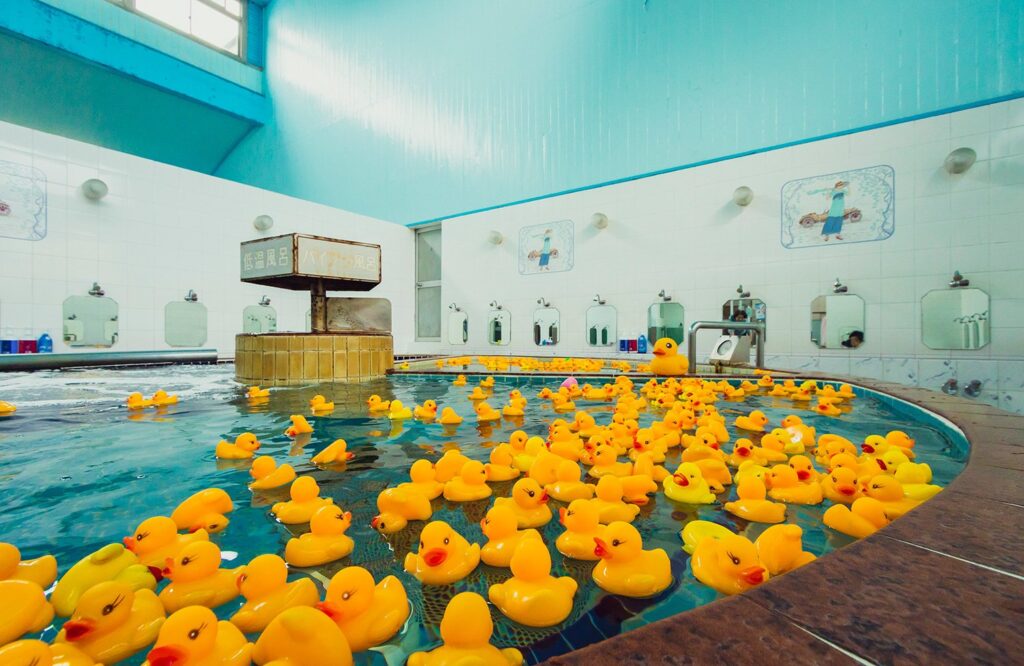
A sento (銭湯) is a traditional Japanese public bath that uses regular heated tap water instead of natural spring water.
Historically, sento were common in urban areas where people did not have baths in their homes.
While fewer Japanese homes rely on sento today, they remain popular for relaxation and community bonding.
Major Differences Between Onsen and Sento
Now that we’ve defined what onsen and sento are, let’s break down the key differences between the two.
1. Water Source
- Onsen: The water must come from a natural hot spring and must meet specific mineral content regulations under Japanese law. This is what gives onsen their health benefits and makes them a unique cultural experience.
- Sento: The water is regular tap water that is heated, often with added herbal or aromatic elements for relaxation.
2. Location
- Onsen: Most onsen are located in rural, scenic areas, where you can enjoy nature while soaking in the hot water. Some resorts or ryokan (traditional inns) are built around onsen, offering stunning views of mountains, forests, or rivers.
- Sento: These are more urban and are usually found in residential areas. You’ll often see them as part of local neighborhoods in cities like Tokyo or Osaka.
3. Atmosphere and Experience
- Onsen: The atmosphere is typically tranquil and serene, especially in outdoor rotenburo (open-air baths). Many onsen provide a full spa experience, including relaxation rooms, massages, and gourmet dining.
- Sento: While still relaxing, sento often have a more communal, down-to-earth atmosphere. They are places where locals come together, and the experience is more about convenience and social interaction.
4. Cost
- Onsen: Visiting an onsen, especially a high-end one in a resort, can be expensive. Prices vary depending on the location and facilities, but many luxury onsen offer day-use passes for visitors.
- Sento: Sento are significantly cheaper, with most charging a small entrance fee. This affordability makes sento popular for everyday use.
5. Health Benefits
- Onsen: The mineral-rich water in onsen is said to provide various health benefits, such as easing muscle pain, improving skin health, and helping with relaxation.
- Sento: While sento don’t have the same mineral content, they still offer relaxation and a space for de-stressing after a long day.
What to Expect When Visiting Onsen or Sento
Whether you’re visiting an onsen or a sento, it’s important to understand the etiquette and process.
- Shower Before Entering: Before getting into the bath, always wash your body thoroughly at the shower station. Both onsen and sento follow this rule strictly.
- No Swimsuits: In both onsen and sento, bathing is done nude. Swimsuits are generally not allowed, although some more modern onsen or family-friendly facilities may offer exceptions.
- Tattoos: In many traditional onsen and sento, visible tattoos are prohibited due to their historical association with organized crime. However, more places are becoming tattoo-friendly, especially in tourist areas.
Choosing Between Onsen and Sento: Which is Right for You?
Whether you choose an onsen or a sento depends on the experience you’re looking for.
If you’re seeking a luxurious, nature-filled getaway with therapeutic benefits, an onsen is the best choice.
On the other hand, if you want a quick, affordable way to relax in the city, a sento offers convenience and community charm.
Conclusion: Embrace Japan’s Unique Bathing Culture
Both onsen and sento play important roles in Japan’s rich bathing culture.
While they may differ in their water sources, locations, and experiences, both offer a way to relax and rejuvenate.
Whether you’re soaking in a natural hot spring or enjoying a communal bath in the heart of a city, you’re sure to experience a unique part of Japanese life.


